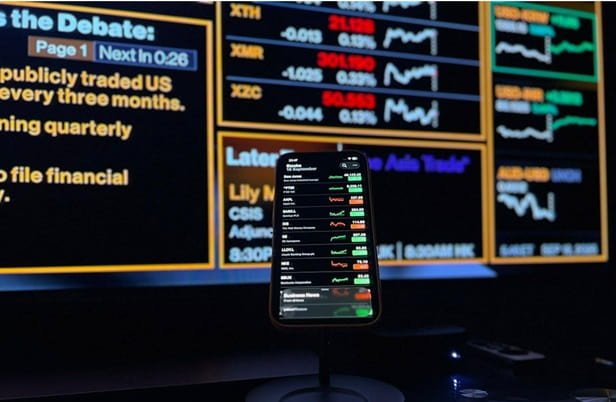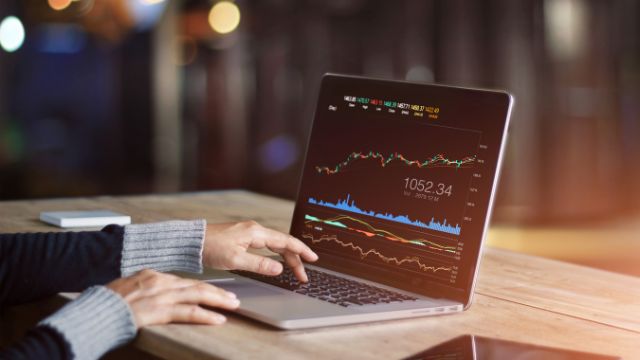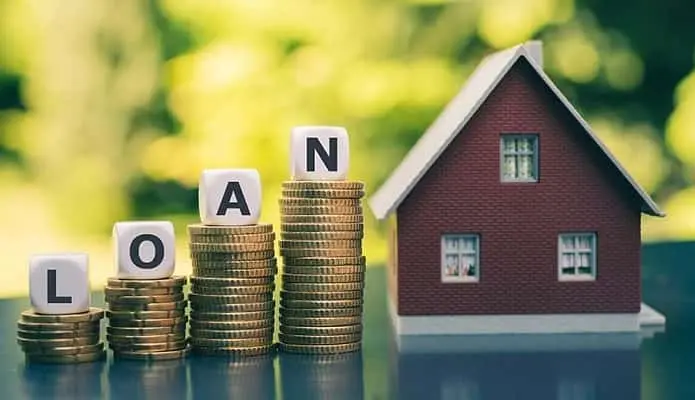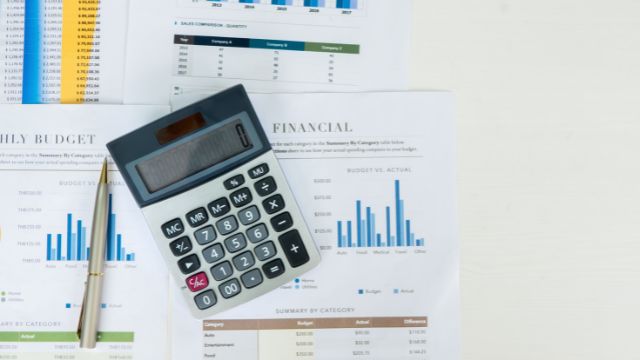Have you ever wondered about the massive global market where currencies are traded? This is the foreign exchange, or forex, market. It’s the largest financial market in the world, with trillions of dollars changing hands every day.
This post will discover the fundamentals of forex trading, explaining what it is and how it functions in real markets, to give you a clearer picture of this dynamic environment.

The Forex Market
The forex market is a global, decentralized marketplace for exchanging national currencies. Unlike a stock market, it doesn’t have a central location; instead, trading occurs electronically over-the-counter (OTC) through a network of banks, corporations, and individuals.
This market operates 24 hours a day, five days a week, across major financial centers like London, New York, Tokyo, and Sydney, creating a continuous and highly active trading environment.
Participants in Forex Trading
A wide range of participants engages in the forex market, each with different motivations. Large international banks form the backbone of the market, conducting huge volumes of trades for themselves and their clients.
Corporations trade currencies to pay for goods and services in foreign countries or to hedge against risks from currency fluctuations. Central banks, like the Federal Reserve in the United States, participate to manage their country’s currency reserves and influence exchange rates.
Finally, individual retail traders speculate on currency movements to seek profit.
How Forex Trading Works
Forex trading involves the simultaneous buying of one currency and selling of another. When you trade forex, you are speculating on the future direction of a currency’s value. For example, if you believe the euro will strengthen against the U.S. dollar, you would buy euros and sell dollars.
If the euro’s value rises as you predicted, you can sell the euros back for more dollars than you initially spent, resulting in a profit. The core of what is forex trading is this act of speculating on the changing values between two currencies.
Managing Risk in Forex
Trading forex involves significant risk, and managing it is crucial. One common tool is the stop-loss order, which automatically closes a trade when the market moves against you by a predetermined amount, limiting potential losses.
Another strategy is to use a take-profit order, which closes a trade once it reaches a certain profit level, securing your gains. Successful traders also diversify their trades and avoid risking too much capital on a single position to protect their investments.
Currency Pairs Explained
Currencies in the forex market are always traded in pairs. The first currency listed in a pair is called the base currency, and the second is the quote currency. For example, in the EUR/USD pair, the euro is the base currency and the U.S. dollar is the quote currency.
The price of the pair indicates how much of the quote currency is needed to buy one unit of the base currency. So, if the EUR/USD is trading at 1.08, it means one euro costs 1.08 U.S. dollars.
Factors Influencing Exchange Rates
Several factors can influence the value of a currency. Economic indicators such as inflation, interest rates, and GDP growth play a significant role. A country with a strong, growing economy and higher interest rates often attracts foreign investment, which can strengthen its currency.
Political stability and major geopolitical events also impact currency values. For instance, an election or international conflict can create uncertainty, causing a currency’s value to fall.














